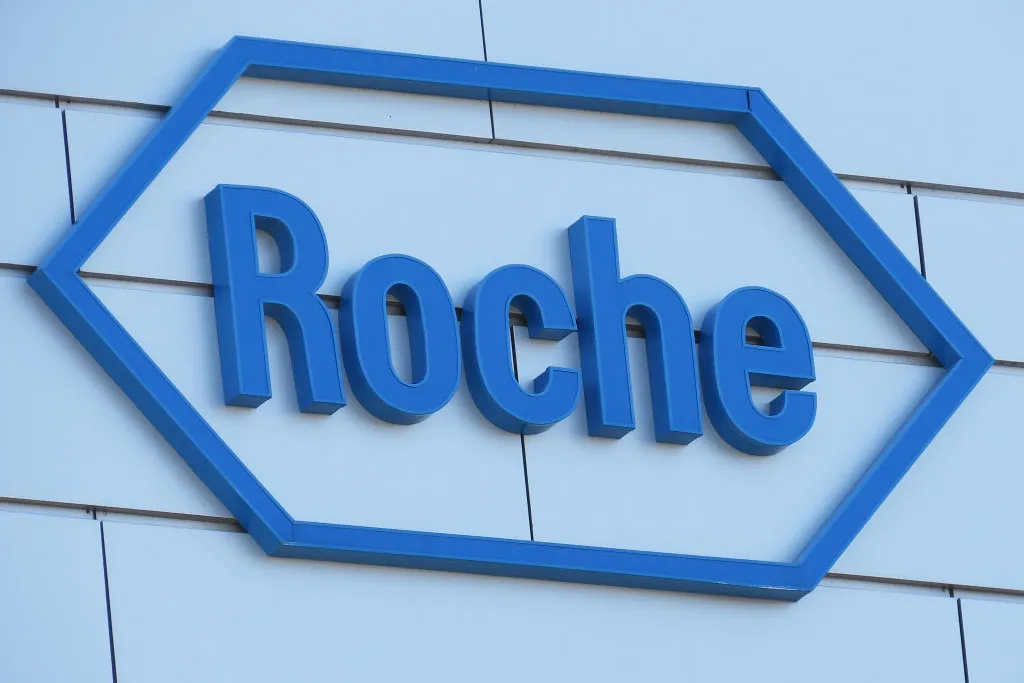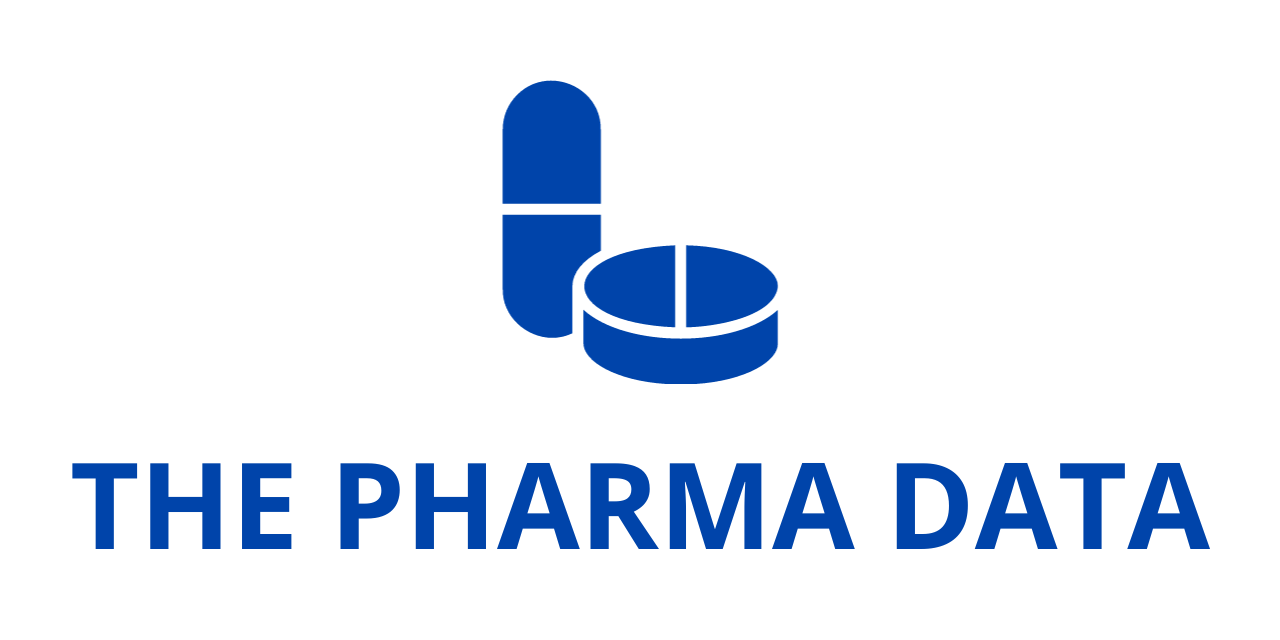
Roche Reports Promising Two-Year Results for Fenebrutinib in Relapsing Multiple Sclerosis, Maintaining Disease Control and Halting Disability Progression
Roche has released encouraging new long-term data from its investigational Bruton’s tyrosine kinase (BTK) inhibitor, fenebrutinib, in the treatment of relapsing multiple sclerosis (RMS). The updated results, presented at the 2025 Annual Meeting of the Consortium of Multiple Sclerosis Centers (CMSC) in Phoenix, Arizona, show that patients receiving fenebrutinib maintained low disease activity and showed no signs of disability progression for nearly two years.
The data come from the 96-week analysis of the open-label extension (OLE) of the Phase II FENopta clinical trial. According to the company, patients who transitioned from the original randomized, double-blind portion of the study into the long-term OLE maintained significant clinical stability and demonstrated continued benefit from fenebrutinib therapy.
Key Findings: Long-Term Disease Suppression
Ninety-nine patients who completed the double-blind phase of the FENopta trial chose to enter the open-label extension, during which all participants received fenebrutinib. By week 96 of the OLE, 93 patients remained on treatment, reflecting a strong retention rate and suggesting tolerability over the long term.
Over the 96-week treatment period, the annualized relapse rate (ARR) among participants was just 0.06—equivalent to approximately one relapse every 17 years. This is a noteworthy reduction for individuals with relapsing forms of MS, which are typically characterized by repeated flare-ups of neurological symptoms. Additionally, throughout the two-year extension phase, no patient exhibited confirmed disability progression based on the Expanded Disability Status Scale (EDSS), the standard tool for quantifying MS-related disability.
MRI imaging provided further evidence of fenebrutinib’s disease-modifying potential. Patients showed no new T1 gadolinium-enhancing (T1-Gd+) lesions at week 96, indicating the absence of acute inflammation in the brain. These lesions typically represent active immune attacks on myelin, the protective sheath around nerves. Their absence suggests fenebrutinib effectively suppressed active disease processes.
Another key MRI finding involved T2 lesions, which reflect both chronic and new areas of demyelination. In patients who had previously received placebo during the double-blind portion of the study but transitioned to fenebrutinib in the OLE, the annualized rate of new or enlarging T2 lesions dropped dramatically—from 6.72 lesions at the end of the 12-week double-blind phase to 0.34 by week 96 of continuous treatment.
Dr. Levi Garraway, M.D., Ph.D., Roche’s Chief Medical Officer and Head of Global Product Development, emphasized the significance of these results, stating:
“These data show that patients treated with fenebrutinib experienced an annualized relapse rate equal to one relapse every 17 years and no observed disability progression up to two years. Fenebrutinib is potent, highly selective, and the only reversible BTK inhibitor currently in Phase III trials for multiple sclerosis. We look forward to seeing the first of those results later this year.”
Safety Profile and Tolerability
The safety data from the 96-week OLE supported fenebrutinib’s continued clinical development. The overall safety profile remained consistent with previous reports from earlier phases of the study. No new safety concerns emerged during the two-year follow-up.
The most common adverse events (AEs), each affecting at least 5% of participants, included COVID-19 infection (10%), urinary tract infections (10%), pharyngitis (6%), and respiratory tract infections (5%). These events were generally mild to moderate in severity and manageable within the study protocol. Serious adverse events occurred in only two patients, or 2% of the study population.
One notable event involved an asymptomatic elevation of alanine aminotransferase (ALT)—a liver enzyme that can indicate liver stress or injury—observed at week 4 of the OLE. This elevation occurred in a patient who had been on fenebrutinib for 16 weeks and resolved after treatment discontinuation, without lasting consequences.
These findings collectively reinforce fenebrutinib’s manageable safety profile and potential suitability for long-term use in people living with relapsing forms of MS.
A Unique Mechanism of Action in MS
Fenebrutinib is a next-generation, highly selective, and reversible Bruton’s tyrosine kinase (BTK) inhibitor. BTK plays a critical role in the signaling pathways of B cells and myeloid cells—both of which are implicated in the pathophysiology of multiple sclerosis. By modulating BTK activity, fenebrutinib is designed to suppress both adaptive and innate immune responses involved in the inflammatory cascade that underpins MS progression.
This dual-action approach may allow fenebrutinib to go beyond conventional MS therapies, which largely focus on T-cell driven inflammation. Moreover, as a reversible BTK inhibitor, fenebrutinib offers a potential safety advantage over irreversible BTK inhibitors, which have been associated with off-target effects and long-lasting suppression of immune cell activity.
Phase III Trials Underway
Building on the positive momentum from the Phase II FENopta study and its open-label extension, Roche is currently conducting three Phase III clinical trials of fenebrutinib in multiple sclerosis. These studies aim to validate the early findings in larger, more diverse patient populations and across different forms of the disease.
The FENhance 1 and FENhance 2 trials are enrolling patients with relapsing multiple sclerosis, while the FENtrepid trial is focused on individuals with primary progressive multiple sclerosis (PPMS), a more challenging and less responsive subtype of MS. These trials are expected to provide a comprehensive picture of fenebrutinib’s ability to alter the course of MS, both in relapsing and progressive forms.
Initial results from these pivotal studies are anticipated by the end of 2025, marking a potentially transformative milestone for fenebrutinib and its role in the MS treatment landscape.
Implications for the MS Community
The relapsing form of multiple sclerosis affects the majority of MS patients at the time of diagnosis. While several disease-modifying therapies (DMTs) are available, there remains an unmet need for treatments that provide durable efficacy without compromising safety or quality of life. The emergence of BTK inhibitors has created excitement in the MS research community, with the potential to offer oral alternatives to injectable or infusion-based therapies that can effectively control disease activity and delay progression.
Fenebrutinib’s ability to achieve near-complete suppression of relapses and halt disability progression for nearly two years—while maintaining a favorable safety profile—positions it as a compelling candidate in this emerging class.
If Phase III results confirm these early findings, fenebrutinib could become the first reversible BTK inhibitor to reach the MS market, offering patients and clinicians a novel mechanism of action to manage a complex and debilitating disease.
With the multiple sclerosis treatment landscape rapidly evolving, Roche’s continued investment in fenebrutinib highlights the company’s commitment to innovation in neuroscience and autoimmune diseases. The successful completion and positive outcome of ongoing Phase III trials would not only validate fenebrutinib’s clinical promise but could also change the standard of care for MS.
For patients living with relapsing multiple sclerosis, the potential of a well-tolerated, oral therapy capable of halting disease progression for years represents a major advancement—and one that could significantly impact long-term outcomes and daily life.
As the global MS community awaits further data, Roche’s fenebrutinib continues to build momentum as a frontrunner in a new generation of targeted therapies. The final verdict, expected in late 2025, could usher in a new era for patients seeking better control over this unpredictable and often disabling neurological disease.




